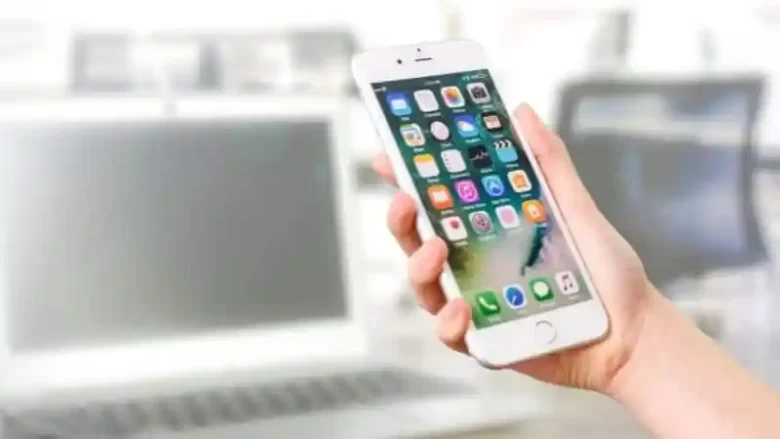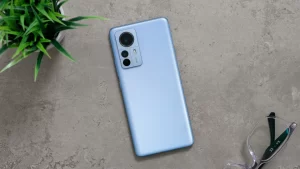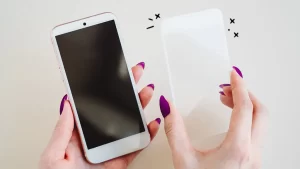Before you buy a new smartphone, it’s important to understand a store’s return policy. A return policy will tell you how to return or exchange an item and what the rules are. These rules vary widely between stores and the companies that make them. Knowing these rules can help you make smart choices and avoid problems. To make sure you know your rights and what to do if your phone doesn’t meet your needs or something goes wrong, you should know the return policy, whether you’re shopping in-store or online.
1. Checking Return Window Timeframes
The time it takes to return a smartphone is an important part of your return policy. Most stores and manufacturers have a return window that can range from a few days to a few weeks after the purchase date. Make sure to double-check these dates, as your request may be denied if you try to return the phone after the deadline. Keep track of when you purchased items and the return window so you can complete the return process on time.
2. Understand the Return Policy
Most stores have policies about the condition a smartphone must be in to be returned or exchanged. This condition usually means that the phone is in its original box, comes with all accessories, and shows no signs of physical damage or use. Some policies may also require that the original receipt or other proof of purchase be included when returning the phone. Knowing these requirements in advance can help you prepare for returning your phone and ensure that it meets the requirements.
3. Consider the Restocking Fee
Some stores charge a restocking fee for returned smartphones. The restocking fee is a fee that covers the cost of taking the item back and putting it back in the original box. This fee is usually included in the price of the item, but can vary from store to store. If you want to return an item, be sure to consider any return shipping fees, as these can change the amount you get back. You can plan your budget and avoid surprises by checking your return policy for restocking fees.
4. Compare Exchange and Refund Methods
Most return policies allow you to get your money back or exchange your smartphone for a different model. If you don’t like the smartphone you bought but still want one, you may be able to replace it. On the other hand, if you want your money back, a refund may be a better option. If you need to return your phone, understanding your options and any terms that come with them can help you make the best choice.
5. Understand Warranty Coverage
In addition to knowing how to return items to the store, it’s also important to know what the manufacturer’s warranty covers. Warranties typically cover issues with materials and how they’re put together, but may not cover issues that occur as a result of misuse or damage. If something goes wrong with your phone after the return period, the warranty may cover repair or replacement. Read the warranty terms, including how to file a claim and the warranty period, so you know what to do after the return period.
6. Online vs. In-Store Return Policies
Return policies can be very different if you buy something online or in-store. When you return an item to an online store, you may have to ship the phone back, and when you return an item to a store, you may have to bring the device to a physical location. Additionally, returns for online purchases can take longer due to longer shipping times. Knowing how to return an item you bought online, including how to initiate the return process and how much the shipping costs will be, can help ensure that your return goes smoothly.
7. Checking for Exceptions and Exclusions
Some return policies have exceptions and exclusions that can make it more difficult to return or exchange your smartphone. Damaged phones, phones purchased during sales or special offers, and phones that are missing their original packaging or accessories are all common examples of phones that are not eligible. Make sure to check your return policy for any such exceptions so that you don’t run into any problems when trying to return your phone.
8. Keep Records and Receipts
When returning your smartphone, be sure to keep all of the accompanying documentation and receipts. Proof of the condition of the phone must be provided along with the original purchase receipt and any order confirmation email. Having this information can make the return process easier and help resolve any disagreements. Having the right documentation ensures that you can show proof of purchase and comply with the rules of your return policy.
9. Know Your Consumer Rights
As a customer, you have certain rights when returning items like smartphones. These rights can vary depending on where you live and may include protection against defective products or false claims. In some places, consumer protection laws require stores to allow customers to return or exchange damaged items. Know the consumer protection laws in your area. This can give you more power if you have any issues with returns.
Conclusion
Overall, knowing your smartphone return policy is important for a smooth and enjoyable shopping experience. Understanding return deadlines, condition requirements, restocking fees, and your options will help you make an informed decision and navigate the returns process with ease. You’ll also be better equipped to handle returns if you understand what your warranty covers, how online returns differ from in-store returns, and whether there are any exceptions to the policy. Keeping proper documentation and understanding your consumer rights can also help protect your interests and prepare you for the event that you need to return or exchange your smartphone.
FAQs
1. What is the return policy for smartphones?
When you want to return or exchange a smartphone, the store or manufacturer usually has a policy that outlines the steps you need to take. This includes how long you have to return the device, what form it must be in, and any fees or other requirements.
2. How long do I have to return my phone?
The time it takes to return an item varies by store and manufacturer, but it usually ranges from a few days to a few weeks from the date of purchase. Make sure to check the return policy of the store where you purchased your smartphone or the manufacturer to find out the exact return period.
3. What condition does the smartphone need to be in before it can be returned?
Most return policies state that the smartphone must be in its original condition, with all accessories and proof of purchase. The device must not show any signs of damage or abuse. Refer to the return policy for specific information on how to return your phone.
4. Are there any fees associated with returning the smartphone?
Some stores charge a restocking fee for returned smartphones. This fee covers the cost of handling and repacking the device. Typically, this fee is a certain amount of the purchase price. Before you begin the return process, read the return policy to find out more about any restocking fees that may apply.
5. Can I exchange my phone without a refund?
Many return policies allow you to exchange your smartphone for a different model instead of a refund. If you want a different phone or model, read the policy to see if exchanges are allowed and to understand any restrictions or conditions.




